Going out
If you have some free time in Bucharest, there are plenty of things to do. For detailed information you can check https://www.tripadvisor.com/Attractions-g294458-Activities-Bucharest.html.
In the summer months, there are top-open tourist buses that can provide you with a tour of our capital city.
Palaces in Bucharest
The Parliament Palace, more commonly referred to as the People’s House (Casa Poporului) is the closest thing to the idea of symbol of Bucharest. This bewilderingly monumental structure is the second largest administrative building in the world, only after the Pentagon and, with respect to its technical and architectural parameters, it is often compared with the Egyptian or Mexican pyramids. Thus, as far as the volume is concerned, the Parliament Palace is also the third largest after Cape Canaveral in the United States and the Keops Pyramid. The building stretches on a surface of 64,800 square meters and amounts to 86 meters in height, not to mention the 92-meter underground. More information here.

The history of the Royal Palace goes back to the first half of the 19th century when, on the site of the present Royal Palace, there was a building constructed in 1820 by order of Dinicu Golescu. The original building was turned in 1837 into the court of Prince Alexandru Ghica, and, successively, home of Alexandru Ioan Cuza (the first prince of the United Principalities of Moldavia and Wallachia) and residence of Prince Carol I. The latter altered the original building, by resorting to the services of two foreign architects, namely, Paul Gottereau and Karl Liman. It was not the first time when Carol I turned to the services of Karl Liman, since the architect also contributed to the building of the Peleş Castle. The Royal Palace underwent subsequent extension works in the course of history, but the bottom line is nowadays it stands out as one of the most notable Neo-Classical buildings in Bucharest. It is also home to the National Museum of Art of Romania, and it has been performing this function since the 1950s. The last tragic historical episode the Royal Palace underwent refers to the 1989 Revolution, when it was burned. The restoration works carried out in the late 20th century, however, managed to restore the palace to its former glamor.
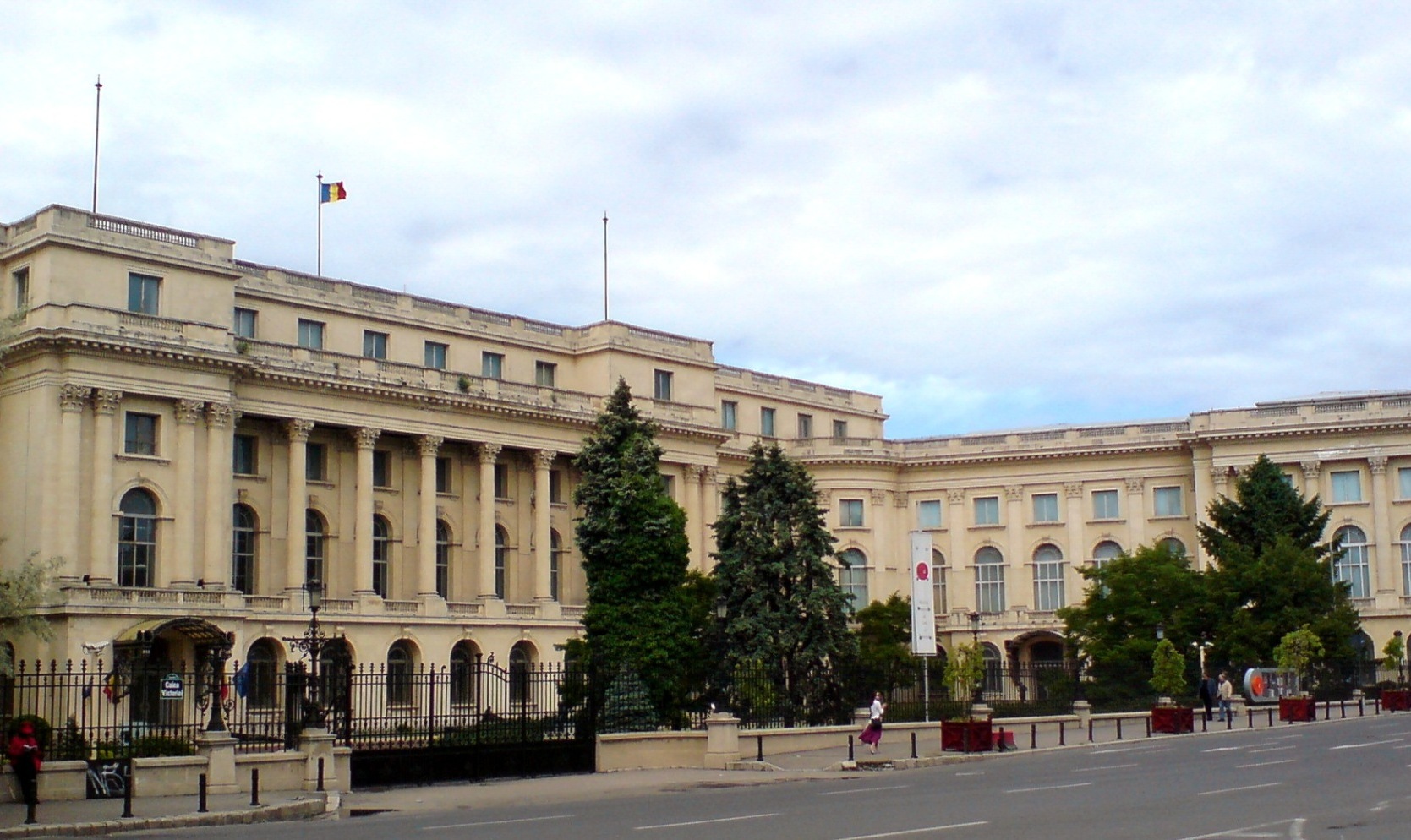
The Cotroceni Palace enjoys, when compared with all the other palaces in Bucharest, the most consistent historical background. The nowadays palace was erected in 1888, by order of Prince Carol I, who commissioned Paul Gottereau to build a royal residence, which he successfully did, lending the structure a graceful Classical Venetian style. However, a significant part of the history of the Cotroceni Palace goes back earlier than the construction of the palace proper. At present, the Cotroceni Palace is the seat of the Romanian presidency, and it has been performing this function since immediately after the 1989 Revolution. It is also home to the Cotroceni Museum. Unlike the museum, which can be visited only on request and by making reservations, the palace as such is opened to visits only when the president decides (usually, once a year).
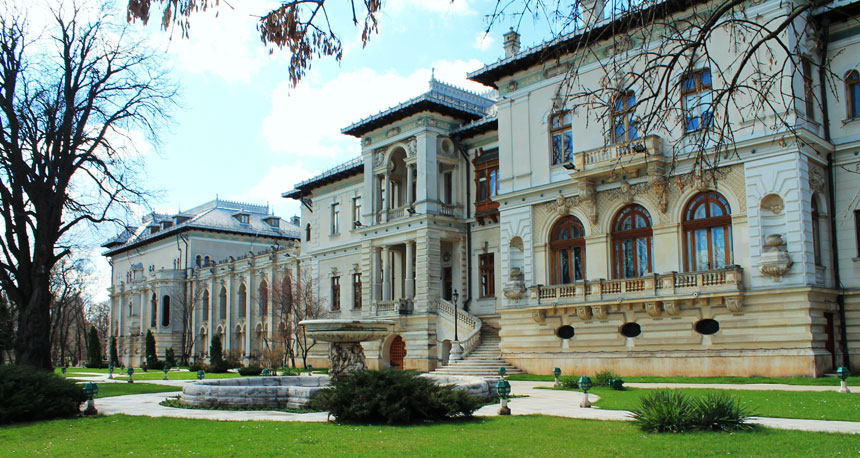
Nature in Bucharest
Bucharest also features several beatiful parks if you want to relax yourselves.
The Cişmigiu Park is, without a doubt, one of the top tourist sights in Bucharest. The park stretches on a surface of 17 hectares, and, while being unanimously deemed the most beautifully landscaped garden in Bucharest, it also enjoys a central location in the city. The south side is bordered by the Regina Elisabeta Boulevard, whereas the north side is delineated by the Ştirbei Vodă Street. The Schitu Măgureanu Street stretches on the west side, and the Brezoianu Street marks the east side of the Cişmigiu Park. The park is accessible through several entrances, distributed on each of the thoroughfares which encircle it, less on the Brezoianu Street.
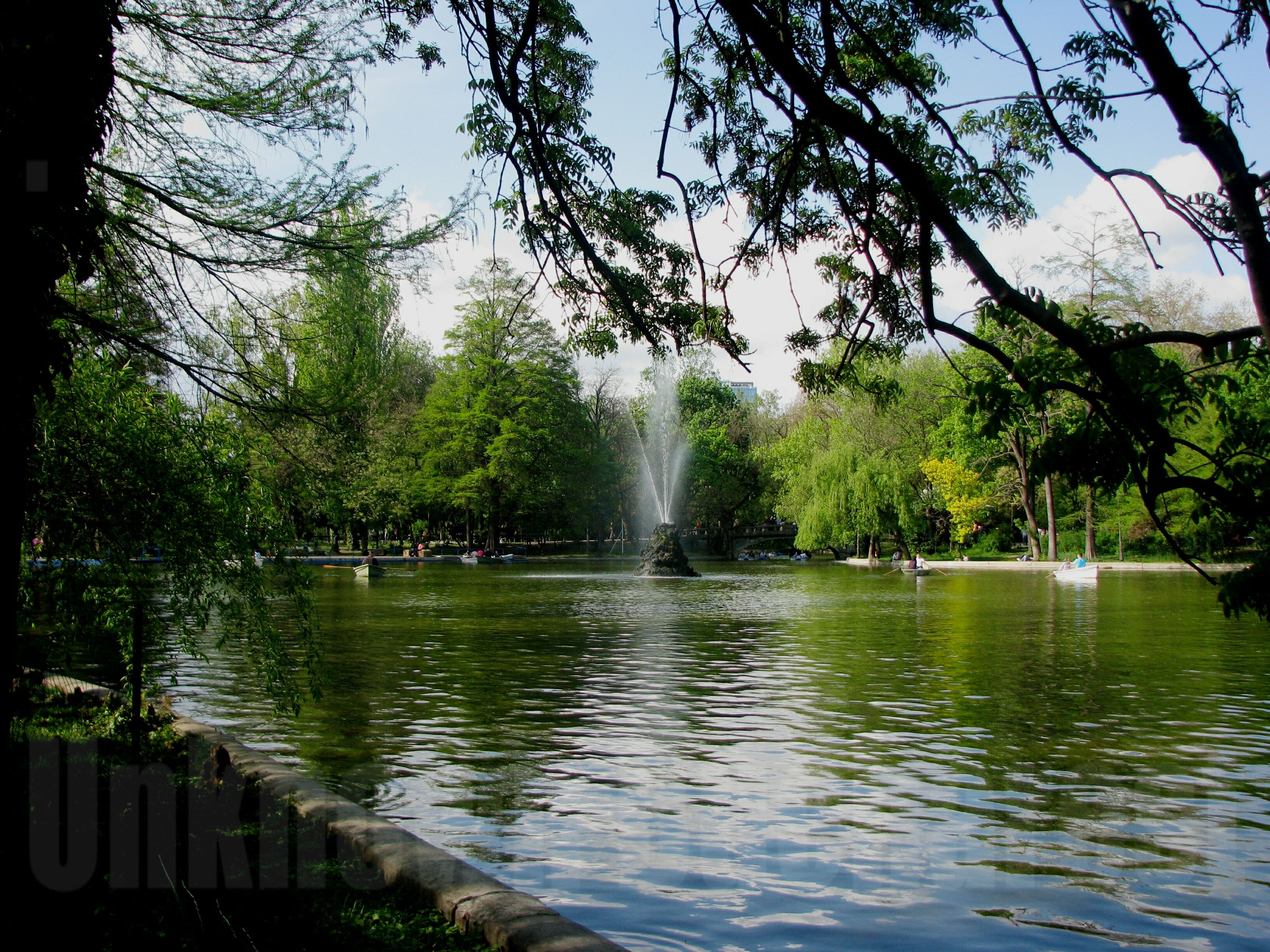
The uniqueness of the Herăstrău Park lies in the fact it is the largest park of Bucharest. Thus, it stretches on a surface of 110 hectares, of which 74 hectares are filled by the Herăstrău Lake. In fact, the lake was the core around which the park was later built, the shore of the lake being the favorite promenade for the high society of Bucharest since the early 19th century. The lake is part of the network of lakes on the stream of the Colentina River.

The Dimitrie Brândză Botanical Garden is a historical venue founded in 1860 under the auspices and by order of Alexandru Ioan Cuza and at the initiative of Carol Davila. The mission of the garden is to make the public aware about the vulnerability of the environment and to sensitize the public, by the teaching and cultural coordinates of its programs, to the ongoing issues related to the environment protection.

The origins of the Bucharest Zoological Garden date back to 1955, when sundry parks and gardens of Bucharest were populated with small communities of animals (both autochthonous and exotic species). Until 1959, these communities were gathered from the Cişmigiu Park, the Herăstrău Park, the Carol I Park (Liberty Park) and from the Băneasa Forest and brought together within what was back then called the Băneasa Zoological Corner. The venue acquired the name of the Bucharest Zoological Garden in 1962. At present, the Bucharest Zoological Garden shelters hundreds of species of animals (birds, mammals, reptiles), accommodating the living collections on a surface of almost 6 hectares. The authorities in charge with managing the garden pay special attention to the endangered species and, given the specificity of its biological asset, its mission is to make the public aware about the frailty and importance of the animal life. The garden is easily accessible, being located right about one kilometer north of Băneasa International Airport.

Museums in Bucharest
Next to the National Village Museum, the Museum of the Romanian Peasant stands out as one of the most reputed museums in Bucharest. Foreign tourists who want to purchase a traditional craftwork often turn to the Museum of the Romanian Peasant in order to buy a symbolic souvenir. However, it’s not the souvenir shop alone which makes the museum worth visiting. On the contrary, there’s much more to the Museum of the Romanian Peasant one can discover if decided to make a complete sightseeing tour of the capital of Romania.
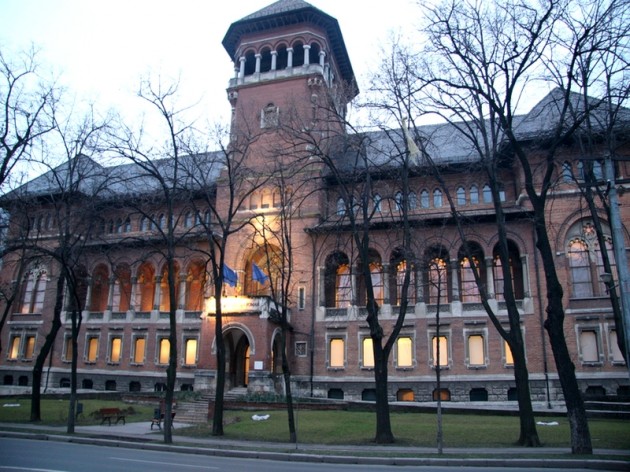
The National Village Museum of Bucharest is unanimously deemed by foreign tourists a sight not to be missed out, being rated one of the best and most complete museums in the country. Enjoying a virtually central location in Bucharest, the museum stands out in sharp relief as an oasis of tranquility, a dreamlike set seemingly clipped from a time immemorial rural legend. This outdoor museum fills a surface of some 10 hectares, a park populated with examples of Romanian rural architecture. The park aims to provide a comprehensive picture of the architectural styles used in building the traditional rural homes throughout Romania, in sundry regions of the country (Moldavia, Oltenia, Transylvania, Banat, and Dobrogea, for instance). The houses aside, the patrimony of the museum is complemented by churches, outhouses and mills, such as to offer visitors a thorough picture of the Romanian traditional village life. The structures (depending on their type) are furnished with authentic items (old furniture, tapestries, tools and the like), such as to render as closely as possible the atmosphere of the rural life.
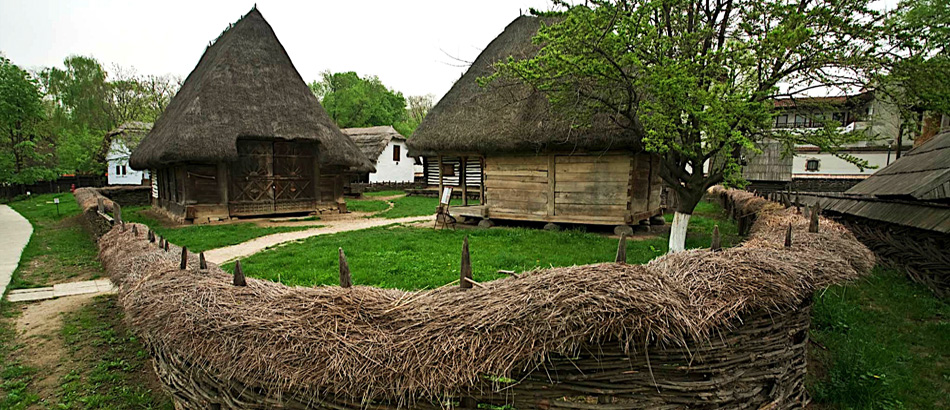
The National Museum of Art of Romania showcases the most important and the most comprehensive collection of fine art works in the country. It was set up in the former Royal Palace of Bucharest, a historical building which dates back to 1837, originally erected by order to Alexandru Ghica. The proximity to the Romanian Athenaeum enhances the tourist visibility of the museum, though, if truth be told, the museum is, regardless of its surroundings, a sight in itself not to be missed out by visitors of Bucharest.
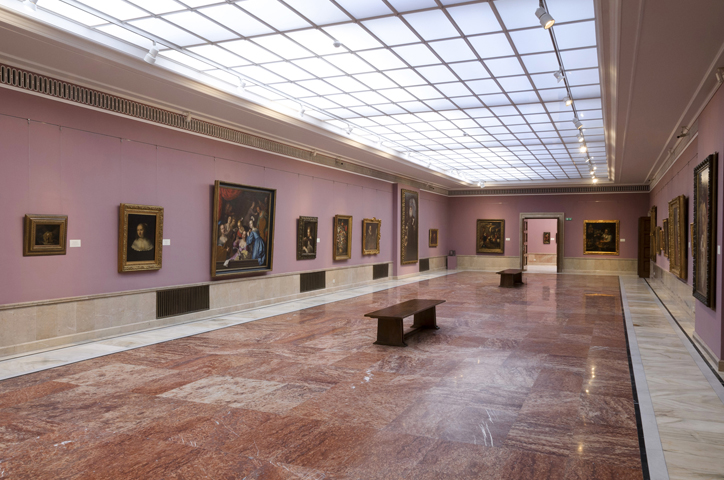
The Grigore Antipa National Museum of Natural History bears the name of Grigore Antipa, the most famous Romanian biologist the achievements of which have hardly been matched by any of his fellow Romanian specialized in the field (Grigore Antipa was, amongst others, the first Romanian who reached the North Pole). The venue is the largest museum of natural history in the country. Ethnographic exhibits can also be studied, though, undeniably, the highlights refer to the mineralogical, zoological and paleontological collections.
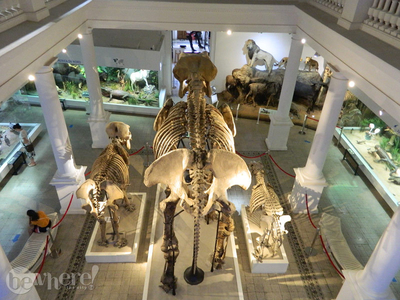
For tourists who want to get a deeper insight into the history of the Romanian people, there's no better place to visit than the National Museum of Romanian History. The museum was founded in 1970 inside a historical building, and two of the most challenging periods it underwent refer to the earthquake in 1977 and to the 1989 Revolution, when both the building and the mission and identity of the museum were successively affected. At present, by means of the showcased exhibits, the museum retraces the national history since prehistoric times until now, without disregarding the medieval and the modern ages. Despite the fact sundry sections of the museum are in constant restoration, the museum fills a surface of 8,000 square meters, counting some 60 exhibition rooms (most of which are closed to the public). Even so, there’s plenty to see and admire at the National Museum of Romanian History.
Restaurants and nighltife in Bucharest
There are plenty of good restaurants and disco clubs in Bucharest. Most of them are located within the Old Town. More information can be found here.
Hits: 7782